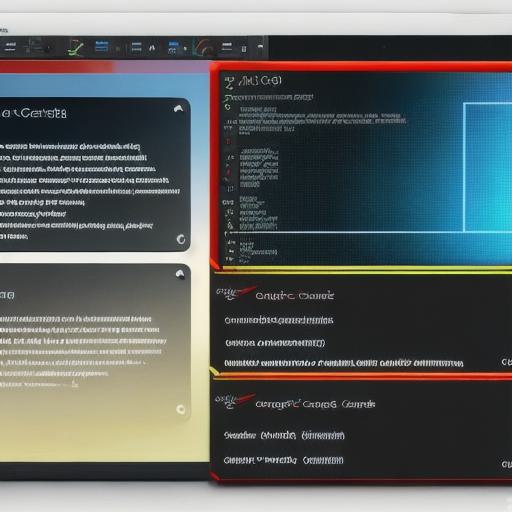Low-level game development is a critical component of creating engaging and immersive games that provide players with hours of entertainment. In this article, we will explore the key skills needed for low-level game development, including coding languages, math and physics, game engines, and debugging techniques. We will also delve into the creative aspects of game development and discuss how aspiring low-level game developers can develop their technical and creative skills.
Coding Languages:
The first and most important skill for low-level game development is proficiency in coding languages such as C++, Java, Python, and C. These languages are used to create the underlying code that controls game behavior, including movement, physics, graphics, and audio. Each language has its strengths and weaknesses, and developers must choose the right language for the specific task at hand.
For example, C++ is a high-performance language that is commonly used in game development due to its speed and efficiency. However, it has a steep learning curve and can be difficult to debug. Java, on the other hand, is an easy-to-learn language with a large community of developers, making it a popular choice for beginners. Python is often used for scripting and prototyping, while C is commonly used in Unity game engines.
Math and Physics:
Another crucial skill for low-level game development is a strong understanding of math and physics. These subjects are essential for creating realistic movement, collision detection, and other critical features in games. Developers must have a solid foundation in topics such as linear algebra, calculus, trigonometry, and physics to create accurate and engaging gameplay experiences.
For example, in a first-person shooter game, developers must calculate the trajectory of bullets and ensure that they hit their intended targets accurately. In a racing game, developers must simulate the physics of cars moving at high speeds and ensure that collisions are realistic. They must also consider factors such as friction, acceleration, and braking to create realistic movement.
Game Engines:
Game engines are powerful software tools that provide a framework for developing games. They include pre-built assets such as graphics, sound effects, and animation, making it easier for developers to create complex games with less coding. Some of the most popular game engines include Unity, Unreal Engine, and Construct 3.
Developers must have a good understanding of how game engines work and how to use them effectively. They must be able to write code that interacts with the engine’s APIs and customize the game to meet their specific needs. In addition, they must be able to optimize performance, troubleshoot issues, and integrate third-party libraries and plugins.
Debugging Techniques:
Debugging is an essential skill for low-level game development, as even small errors in code can result in significant issues with game behavior. Developers must have a strong understanding of debugging techniques, including using print statements, breakpoints, and debuggers to identify and fix problems in the code. They must also be able to test their games thoroughly to ensure that they are free from bugs and glitches.
In addition, developers must be able to write unit tests, integration tests, and system tests to catch errors early in the development process and prevent them from becoming more significant issues later on. Testing is an iterative process, and developers must continually test and refine their games as they progress through the development cycle.
Case Study:
One of the best examples of low-level game development is the popular mobile game Angry Birds. The game was developed by Finnish company Rovio using the C++ programming language and the Corona SDK game engine. The game’s success is largely due to the team’s expertise in coding, physics, and debugging techniques.
The game’s developers used their understanding of physics to create realistic slingshot mechanics, allowing players to launch birds at targets with precision. They also used advanced coding techniques to optimize performance and ensure that the game ran smoothly on a wide range of devices. In addition, they were able to identify and fix bugs quickly, ensuring that the game was free from issues and provided an enjoyable playing experience for players.

Creative Aspects:
While technical skills are essential for low-level game development, creativity is also critical for creating engaging and immersive games that stand out in a crowded marketplace. Aspiring low-level game developers must possess a creative mindset and be able to envision new and innovative ways to incorporate technology into their games.
To develop their creative skills, aspiring game developers can explore various forms of art, such as drawing, painting, and sculpture. They can also study the work of other game designers and analyze how they use different techniques to create engaging gameplay experiences. In addition, aspiring game developers can experiment with different coding languages and game engines to develop their technical skills while also exploring new creative possibilities.
In conclusion, low-level game development is a critical component of creating engaging and immersive games that provide players with hours of entertainment. Aspiring low-level game developers must possess technical skills such as proficiency in coding languages, math and physics, game engines, and debugging techniques, as well as creative skills that allow them to envision new and innovative ways to incorporate technology into their games. With these skills and a passion for game development, aspiring low-level game developers can create games that are both technically sound and engaging for players.
